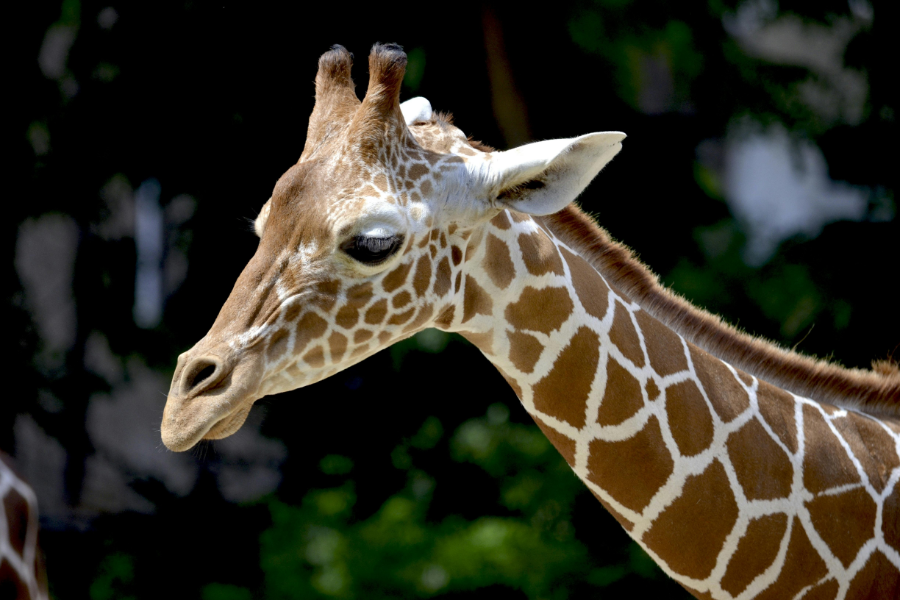No software installation is required, and your files are processed securely in your browser without being uploaded to a server for conversion, ensuring your privacy.


Your files are never uploaded, so your data stays secure.
Your device handles the work, ensuring speed and privacy.
Use our tools right away with no account sign ups, ever.
This tool allows you to convert your PNG (Portable Network Graphics) image files into the widely compatible JPG format. PNG files are fantastic for their lossless quality and support for transparency, making them ideal for logos, icons, and graphics with sharp details. However, JPGs are often preferred for photographs and situations where smaller file sizes are critical, even if it means a slight trade-off in quality. Our converter helps you make this switch effortlessly and securely in your browser.
Converting from PNG to JPG is a common step when you need to optimize images for the web, reduce storage, or ensure compatibility, especially when the transparency feature of PNG is not required for the final output.
Converting PNG images to JPG format can be useful in various situations, primarily to reduce file size and ensure broader compatibility:
Remember, converting from PNG (a lossless format) to JPG (a lossy format) will introduce some level of data compression to achieve smaller file sizes. This tool aims to provide a good balance, offering a default quality setting (0.9 out of 1) that typically results in a visually similar JPG with a significantly reduced file footprint. Your original PNG file remains untouched on your device.
Windows Users: Use built-in Paint app: Open PNG → Save As → Change file type to JPG. Or use Photos app: Open image → Edit & Create → Resize → Save copy as JPG.
Mac Users: Use Preview app: Open PNG → File → Export → Change format to JPG and adjust quality slider.
Mobile Users: Most photo editing apps on iOS and Android support format conversion, but our web tool works perfectly on mobile browsers too.
| Feature | PNG | JPG |
|---|---|---|
| File Size | Larger (lossless compression) | 50-80% smaller (lossy compression) |
| Image Quality | Perfect (no quality loss) | High quality with minimal visible loss |
| Transparency | Full alpha channel support | No transparency support |
| Browser Support | Universal (all modern browsers) | Universal (all browsers) |
| Best Use Case | Graphics, logos, screenshots | Photographs, web images |
| Loading Speed | Slower (larger files) | Faster (smaller files) |
The main reasons are file size reduction and universal compatibility. JPG files are typically 50-80% smaller than PNG files, making them ideal for web use, email sharing, and storage optimization when transparency isn't needed.
There will be minimal quality loss since JPG uses lossy compression. Our converter uses high-quality settings (90%) to minimize any visible degradation. For most uses, the difference is imperceptible.
JPG doesn't support transparency, so transparent areas are filled with a solid color (typically white). If you need transparency, keep the PNG format or edit the image first to add your desired background.
Yes! Our converter supports batch processing of up to 8 PNG files simultaneously. Simply select multiple files or drag them all into the upload area.
Absolutely! Our converter is completely free with no hidden costs, registration requirements, or limitations on the number of conversions.
For photographs and complex images, JPG is usually better due to smaller file sizes and faster loading. Use PNG for graphics, logos, or images that need transparency.
Yes! Our converter works perfectly on smartphones and tablets with modern browsers. The interface adapts to touch devices for easy file selection.
Conversion is very fast, typically 1-3 seconds per image depending on file size and your device's processing power. No waiting for uploads or downloads.